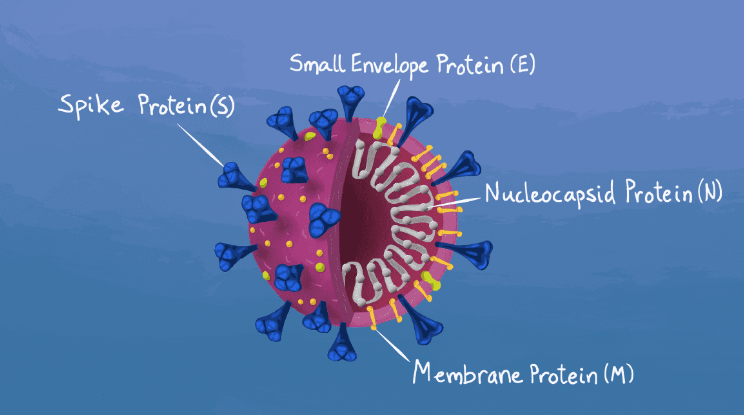When COVID-19 first surfaced in 2019, it was called severe acute respiratory syndrome, shortened to SARS-CoV-2. This was the first variant of coronavirus that began to spread in China and soon spread to the rest of the world, according to cleaverhouse.gov.
Over the many years of COVID-19’s existence, many variants have mutated from the original virus strain. The coronavirus mutates four times slower than the influenza virus. Although the virus has been drifting antigenically which is not as bad as it could be it could do an antigenic shift which is a more rapid and sudden change in the virus than an antigenic drift. It should also be noted that this is still a new virus and there is a lot unknown about COVID-19, according to pfizer.com.
Omicron
This is the most well known variant of coronavirus on the list and is more infectious than the original virus. This variant is so infectious that it is contagious as soon as it is introduced to your system, even if the patient is asymptomatic. This means that someone could carry the virus but never truly know unless properly tested, according to webmd.com.
BA.2.86 (Pirola)
Named after the combination of Greek letters Phi and Ro, this variant raises concerns as it is relatively new and there is still much unknown about it, along with the fact that it has developed 30 new spike protein mutations from its counterpart Omicron, according to yalemedicine.com
XBB
This subvariant is composed of two strands of BA.2. It has new mutations that help it evade immunities better than other strands of COVID-19. It also attaches more tightly against cells, allowing it to spread more efficiently. XBB arose around mid-2022 and quickly became the cause of most COVID-19 cases in the U.S. Because of its many mutations, patients can be easily reinfected with this strand despite having contracted the disease from a different strain, according to webmd.com.
EG.5 (Eris)
Aptly named after the Greek goddess of strife and discord while also a descendant of virus strand XBB, Eris is the dominant virus in the United States, having infected 29.4% of people from February 2023 to September 2023, according to webmd.com.
BA.4
The BA.4 sub variants were first discovered in South Africa in early 2022, shortly after the BA.5 sub variants emerged. Since then, the sheer number of countries and cases has spiked.
Both BA.4 and BA.5 have various mutations that affect the spike protein, which helps the virus latch onto and infect cells much easier and spread the virus more efficiently, according to webmd.com.
BA.5
BA.5 has a higher rate at which it spreads. In late July 2022, BA.5 was responsible for about 78% of coronavirus cases in the U.S. compared to its sibling BA.4, which was responsible for about 13% of cases that year. BA.5 only has a few mutations that make it different from BA.4, according to webmd.com.
The CDC recommends the newer and updated COVID-19 vaccines—Pfizer-BioNTech, Moderna or Novavax to protect against the illness. The CDC also advises that everyone aged five years or older be vaccinated with at least one dose of the vaccine. Children aged six months to four years old are recommended multiple doses of the listed vaccines along with people who have a compromised immune system.




































